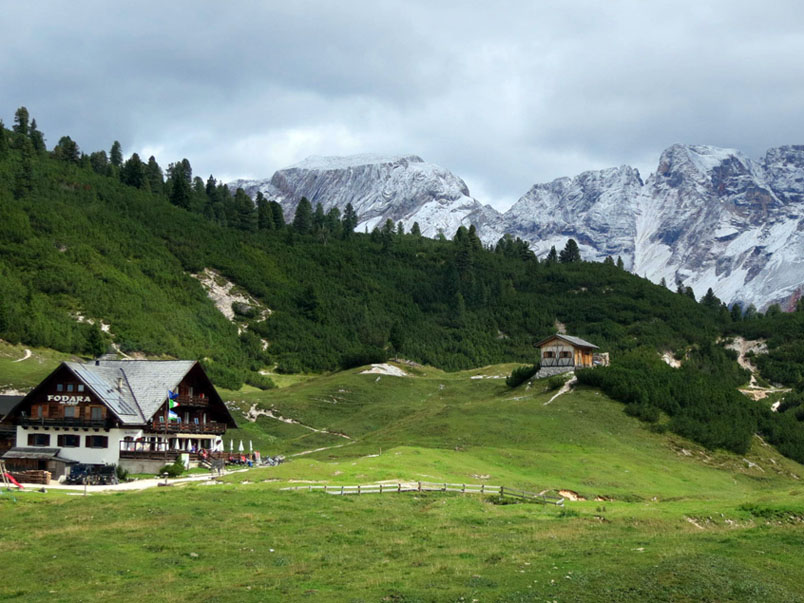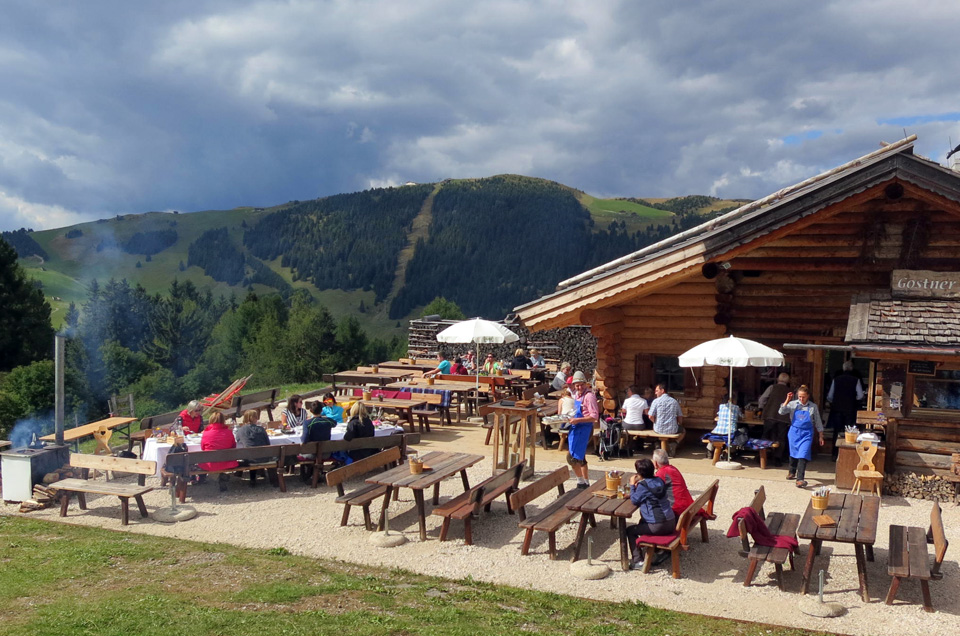I’ve been a member of the ATTA, the Adventure Travel Trade Association, for quite a few years now. I’m not really much of a networker – I haven’t needed to be, and it’s not my personality anyway. But I enjoy this group a lot. When we meet, I get to skip over the obvious stuff and talk about things that I think about all day long anyway… “How do you draw the line between a small itinerary tweak and a fully customized tour? Does social media really drive traffic to your site? What kind of task management software works best for small companies like ours?” … That sort of thing. It’s fantastic to be in a group of people all thinking and talking about the same issues, who often know people that have ideas for us. And the connections often lead in unpredictable directions. Maybe we do a tour together, maybe I find a consultant for a specific issue, or maybe I am simply able to refer a client to somebody I know and trust.

Well this year, through ATTA connections, I was among a small group of tour operators and travel writers who were invited on a trip to Süd Tirol (South Tyrol, or essentially, the northern Dolomites), to get to know the region better. I was very excited about this. We’ve been arranging tours in the Dolomites for about 15 years, but only in a small (but spectacular) region of it, and expanding our tours there had been already one of my top goals for the summer. I’d never even talked to Süd Tirol tourism before, much less met anybody from the office, and was eager to meet some of their representatives and see what it is they want to show us. From their perspective, this was a first-ever pilot program to encourage more people to come to the region. Almost all of their tourism (about 80%) comes from repeat business, and they are looking for more visibility with writers and tour operators to introduce more people to South Tyrol. The trip sounded great, the timing worked, mainly, and I signed on for it.
I feel pretty honored. Aside from Claudia Rier and the other South Tyrol representatives, there were only 6 of us. Besides me, there were Michael and Megan Bennett – I already know Michael from past ATTA events – who organize fascinating life coaching trips to various places around the world through their company Muddy Shoe Adventures. Denise Smith came from Ciao Bambino, a very well organized site that I admire, that focuses on family travel, with online reviews, first hand accounts of traveling with kids, and does trip planning as well. Sarah Fazendin, who helped to organize the trip, has a ton of travel industry experience, is very personable and interesting, and also writes about family travel on her site, A Week at the Beach. And Margherita Ragg, a charming writer from Milan, writes about backpacking and travel around the world on The Crowded Planet. She became my partner, once the gluttony started (that is, almost immediately), as the only other person unwilling, or unable, to say no to a 4th dessert, or one more glass of wine. It’s always good to have company!

We covered so much in the 4 days I spent with them, that I’ll just hit a few highlights and takeaways, but for background, South Tyrol (Süd Tirol in German or Alto Adige in Italian) is roughly the area in Northeast Italy where Italy, Austria, and Switzerland all meet. For centuries, it was part of the Austria-Hungary empire, and at the turn of the century, the locals were over 90% German-speaking. The area south of the Brenner pass – today’s Italy-Austria border – was all annexed by Italy after WWI, and a strict Italianization process was attempted by Mussolini after that. It’s also home to a local Ladin culture, an isolated mountain culture (very similar to Romansh in Switzerland) dating back to when Roman soldiers came to the region and settled among the local population. They have their own customs and language, and signs are often written in German, Italian and Ladin. It’s a fascinating region, culturally and visually, and the sense of place is very strong.
Day 1, San Cassiano, Rosa Alpina. The Rosa Alpina is a 5-star hotel in San Cassiano, a small village that we occasionally stop at on variations of our Great Dolomites Traverse, and will almost certainly detour to on our Alta Via 1 trip (once I work that out). Their restaurant, St Hubertus, has 2 Michelin stars. What does that mean? Michelin (the tire company) started reviewing restaurants in 1926, as a way to encourage people to get out driving. Their team of anonymous reviewers puts together a very influential list annually of some of the best restaurants in the world. Just getting one Michelin star is a very big deal, to get two means you have a restaurant “worth a detour”. This dinner (was it 8 courses or 10?) took 4 hours, included a different wine for each course, 4 desserts, and left me with a much better sense of just how much wine to expect on this trip! Now, I don’t actually have a lot of clients who want 4 hour dinners, but some for sure, and for those who are seeking a gourmet experience, I don’t think I’ve ever had anything quite like this. What I appreciate about Hubertus very much is although they already had 2 stars, they made the somewhat risky choice 5 years ago to go local. As the hotel owner said, “No more lobster!”, they would only serve local ingredients from local farmers, and made a commitment to use the whole animal, and not just the best cuts. This theme of local and traditional, striving for authentic experiences, is one that I saw continually throughout the trip, and is part of what makes this region special.

Day 2, Seiser Alm, Gostner Schwaige. Then we went to the Val Gardena and the Seiser Alm above Ortisei. This is our area, and almost every Dolomites tour we have arranged starts from or goes through the Val Gardena. An alp is a specific thing… it’s a high mountain meadow, where every summer the farmers take the cows to graze, live for a few months (at least traditionally), and cut grass for hay. Seiser Alm is somewhat famously known as the largest alp in the Alps. It’s a really big, rolling meadow, surrounded by mountains, covered with hiking trails, ski runs, alp farms, some hotels, and rustic restaurants. The Gostner Schwaige is one of these restaurants, one I’d never been to before, but will definitely be sending people to in the future. The chef there, Franz Mulser, emphasizes “fresh and natural”. They make their own cheese, their own Speck (air-dried bacon), pine-needle pesto, homemade jams, herbal schnapps… you name it, it’s all made with care and attention to detail. There’s an Austrian dish called Kaiserschmarrn that, honestly, I’ve never been that impressed by. It’s everywhere, and it’s supposed to be special, but it’s just a diced-up eggy pancake with a bit of fruit and powdered sugar. Not bad, but not great either. Franz actually makes one fit for a Kaiser… with fresh plums (he uses whatever fruit is in season), cinnamon, rose petals, mint, a bit of schnapps… it was complex and delicious, just like all the food there, and he changed my view. And really, does it get any more authentic than sitting at an old farm restaurant, on the Alps’ largest alp, eating the best Kaiserschmarrn you can imagine? Charming.

Day 3, Bolzano. Bolzano was great too. We had a wonderful panoramic lunch at the Hotel Holzner high above town. You take a cable car to get there, with great views all around. The Holzner is one of those hotels (there are only a few) that maintain their Belle Epoque, turn-of-the-century style, but with modern 4-star comforts. So you can enjoy time travel back to a different era, but still have a comfortable bed, a good shower, a pool and spa, and gourmet meals. Our intensely interesting host for the day, Andreas Gottlieb, told us all about the history, architecture and wine of the region, and took us to the fascinating Ötzi iceman museum. OK, I skipped the museum, because I’ve been there many times already, but the iceman is awesome. He’s 5300 years old, and was found in a nearby glacier, with his clothes, birch-bark backpack, medicinal herbs, and unfinished bow and arrows intact. We forget that 5000 years ago, the Alps were actually warmer than they are now, and people were running all over these mountains (sometimes from other people). The whole story of Ötzi is a great human story, as well as an important window into far distant past of the region.

Day 4, Wine Country. Then yesterday was our wine tasting day, and if I ever had the goal of having 4 glasses of wine before lunch (I’m not sure I did), I can now check that one off the list! But the wines of this area, I am very interested in, because they’re very good. Although there are 20 different varietals grown in the region, there are 3 that are local to South Tyrol – Vernatsch, Lagrein and Gewürztraminer. Vernatsch tastes like a table grape (it is a table grape), and makes a very light, drinkable, lowish alcohol red. Lagrein is a heavier red, more like a Cabernet or Syrah. And of course Gewürztraminer is known. We visited 3 different vineyards, all with a slightly different focus, but all equally dedicated to quality and tradition. These wines are a big part of what South Tyrol has to offer. Every hotel has local wines on their menu, and it just makes sense to drink them and learn about them when you’re here. We finished with a night in a castle-hotel, overlooking the valley because… why not?

So, unfortunately I had to leave a day early, missing out on the dumpling cooking class and the thermal baths of Merano. But that’s ok – it was a very full 4 days already. I made some new friends, learned a ton about the area, and started brewing a lot of ideas to incorporate into our own Dolomites tours. Mainly though, I think the lasting impression I take away from this trip may be a better awareness of the strength of the local Tyrolean customs and culture. The mountains are beautiful – you won’t believe them. The wildflowers, especially early in summer, are among the best in the Alps. The hotels and food are great, and the people are friendly. There are routes and regions to keep you busy for years. And I find it especially rewarding to be in a place that remembers it’s past, celebrates it’s traditions, and exudes an easy hospitality. And that, like 2 Michelin stars, is definitely worth a detour.





